Starting seeds in Rockwool cubes is an outstanding way to jumpstart your growing season! Ideal for beginning gardeners and experienced growers alike, the process of starting seeds in rock wool offers a versatile environment for many types of plants. Not only does it provide excellent air and water retention, but it’s very easy to transport as well. In this blog post, we’ll explain everything you need to know about how to start seeds in rock wool – from selecting the appropriate material and preparing your seedlings all the way through transplanting them into their final containers. So whether you’re just beginning or have been tending a greenhouse full of luscious fruits and vegetables for years, read on – because when done correctly, starting your garden with Rockwool cubes can give even more opportunity for success!
What Exactly Is Rockwool?
Rockwool is a unique and versatile material that many people have heard of but might not be able to fully define. It is typically created from molten rock or minerals that have been superheated and then spun into long, thin fibers. [1] The resulting material is incredibly resistant to fire, moisture, and pests, making it a popular choice for insulation and soundproofing in buildings.
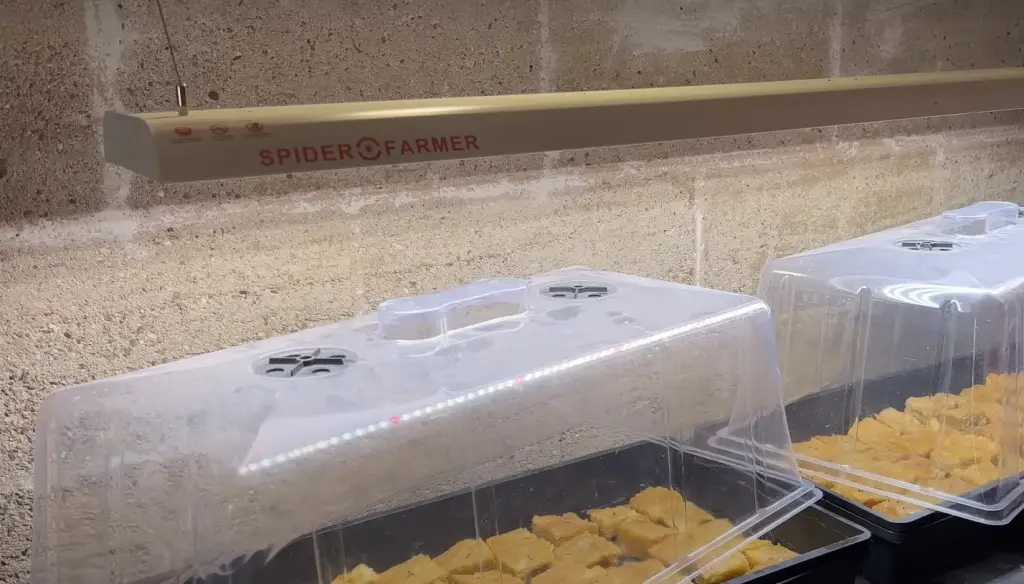
Additionally, rockwool can also be used in gardening applications, as it provides excellent drainage and aeration for plants. Whether you are looking to enhance the safety and efficiency of your home or improve the health of your garden, rockwool has a wide variety of uses and benefits that are worth exploring.
What are the Uses of Rockwool Cubes
Germinating Seeds
One of the primary uses for rockwool cubes is to germinate seeds. The fibrous nature of the material allows it to retain moisture while also providing excellent airflow, making it ideal for nurturing the beginning stages of a seed’s life.
To use rockwool cubes correctly, you will need to pay close attention to your specific type of seed as well as any instructions provided on its package. Additionally, you may need additional supplies such as trays or containers that fit snugly around your rockwool cubes in order to retain proper moisture levels during germination.Cloning New Plants
Rockwool cubes are also great for cloning new plants. Cloning involves collecting a cutting from an existing plant and then encouraging it to develop roots within a rockwool cube. [2] This is especially helpful when you want to reproduce the same type of healthy, fertile plant over and over again in your garden. The process is relatively simple: you will need to prepare your cutting by trimming away any damaged or diseased portions, dip it into rooting hormone powder (optional), then insert the cutting into one of your prepared rockwool cubes. After that, all that’s left is to wait patiently for the new clone to take root!
Rockwool VS Soil
When it comes to germinating and cloning plants, the debate between rockwool cubes and soil will always be a heated one. Soil is an excellent medium for growing plants as it provides essential nutrients and retains water well. However, it can also become compacted over time, making it difficult for roots to penetrate deeply or aerate properly. Additionally, soil-borne pests can cause damage to young seedlings in their most vulnerable stages of life. [3]
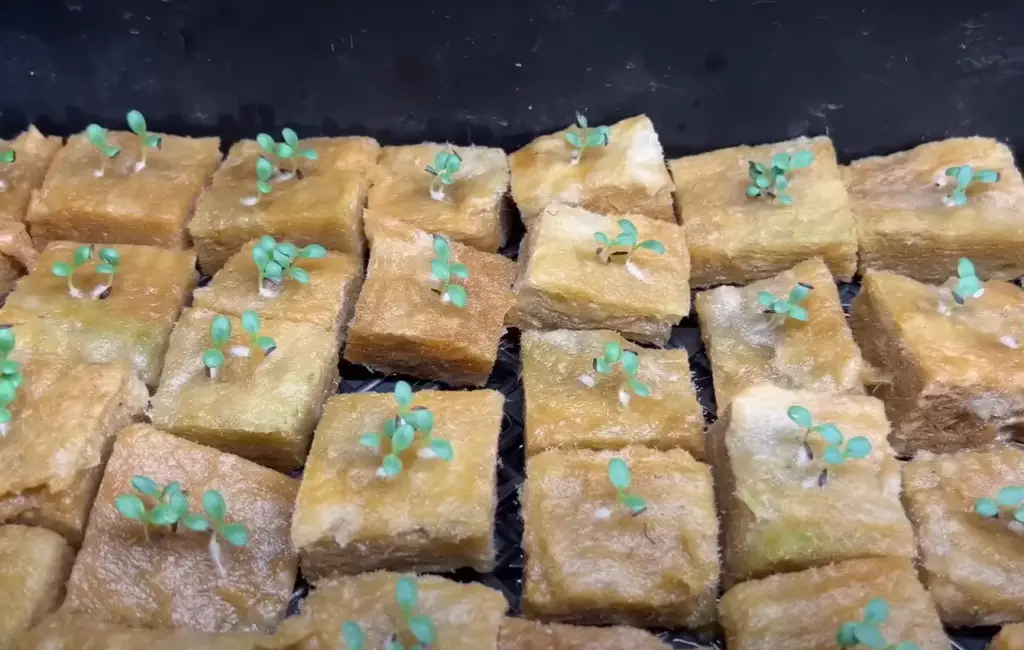
On the other hand, rockwool cubes provide superb drainage while still maintaining ample moisture levels at all times – even during periods of dry weather. They are also much easier to transport than soil, as they are lightweight and require less space for storage. Additionally, since rockwool cubes are manufactured in a sterile environment, they are less likely to introduce harmful bacteria or fungi into your garden. Ultimately, the choice between rockwool and soil will depend on your personal preferences, but many gardeners are beginning to gravitate towards rockwool cubes for their ease of use and added confidence in their success. [4]
Rockwool Cubes Are A Good Choice for Starting Seeds
When it comes to starting seeds, rockwool cubes offer a great alternative to soil or other mediums. Not only are they lightweight and easy to transport, but they also provide superior drainage and aeration for young plants – ensuring that your seedlings will have the best possible chance of success. Additionally, since rockwool provides an environment that is relatively free from disease or pests, you can rest assured knowing that your seedlings will receive the care and attention they need to flourish in their early stages of life.
Step by Step Instructions Using Rockwool for Seed Plantings
If you’ve decided to use rockwool cubes for your seed starting needs, here’s a step-by-step guide to get you started:
How to Prepare Rockwool
- Place the rockwool cubes in a bowl of water and let them soak for at least eight hours or overnight. This will help the cubes to become fully saturated with moisture.
- Once your cubes have been soaked, drain off any excess water and place them on a tray or surface that is sanitized to avoid potential contamination.
- Add some fertilizer or nutrient solution to the rockwool cubes if desired for extra nutrition for your plants. Make sure to mix it in thoroughly before planting your seeds!
- Take each cube and cut a small hole into its center using scissors or a sharp knife – this creates an ideal pocket for your seedlings to grow in without overcrowding them as they develop. [5]
How to Start Seeds in Rockwool
Once your rockwool cubes are prepared, it’s time to start planting!
- Take one of the cubes and carefully place a single seed into the hole that you created earlier.
- Gently cover the seed with some additional previously-soaked rockwool, being careful not to disturb or damage the seed as it settles in.
- Place the cube in a suitable container such as a plastic tray or shallow pot and water lightly – this will help ensure that your seeds have enough moisture to germinate properly. Make sure to also keep the soil damp but not soggy throughout the entire germination process!
- Place the container in an area where it will receive plenty of indirect sunlight for optimal growth.
- Once the seedlings have developed two or three true leaves, you can transfer them to larger pots or containers in order to give them more space for growth.
Do’s and Don’ts of using Rockwool Cubes
There are a few things to keep in mind when using rockwool cubes for seed-starting.
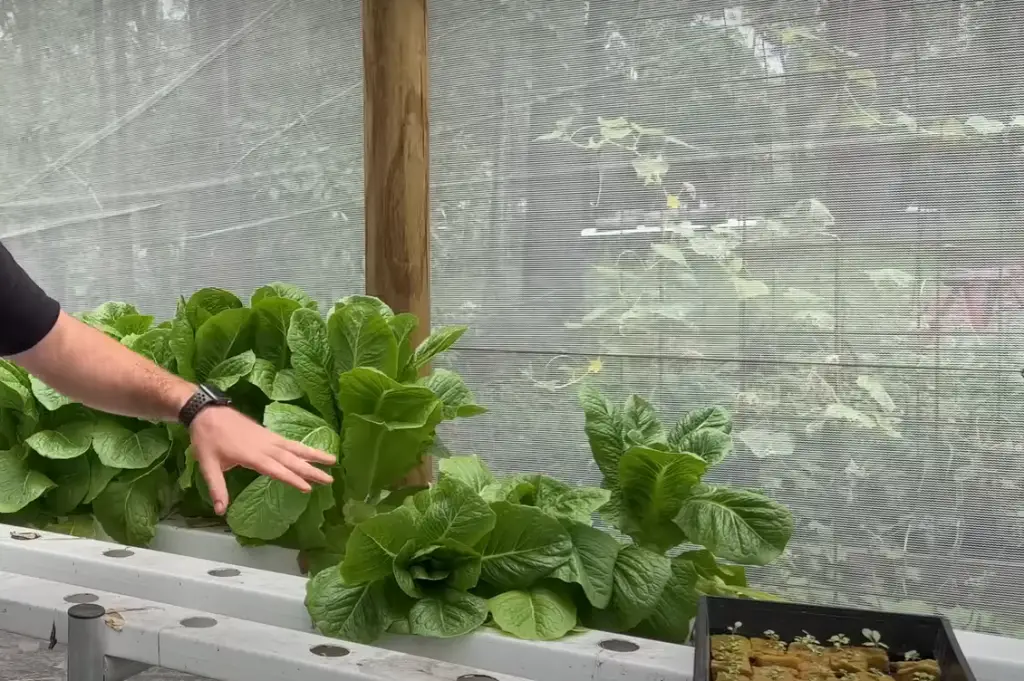
Do:
- Use high-quality materials and pre-soak the cubes before planting your seeds
- Plant one seed per cube to avoid overcrowding as the plants grow
- Place the cubes in an area with indirect sunlight for optimal growth
- Keep the soil damp but not soggy throughout germination and transplanting processes
Don’t:
- Overwater your rockwool cubes, as this can lead to fungal growth or drowning of your seeds.
- Leave the cubes exposed to direct sunlight, as this will dry out the moisture too quickly and inhibit germination.
- Use rockwool cubes for large plants, as they are only designed to provide enough space for small seedlings.
- Reuse the cubes after the first use, as this can lead to contamination and reduce their effectiveness over time.
Using Rockwool cubes for seed-starting can be a great way to give your plants the best chance of success. With the right preparation and care, these versatile materials can help you create an optimal environment that will provide your seeds with plenty of moisture and nutrients for healthy growth. So don’t hesitate – get creative and take advantage of this wonderful opportunity! [6]
Problems Germinating With Rock Wool
Despite its various advantages, rockwool has some problems related to germination. First of all, the pH levels in rockwool can vary widely depending on the type and quality of rock used in production. This variance can affect how quickly and effectively seeds will germinate, as well as how much nutrients they absorb from the rockwool medium during their growth. Additionally, rockwool is not a natural material and therefore can potentially contain heavy metals or other hazardous materials that could be dangerous for young plant growth.
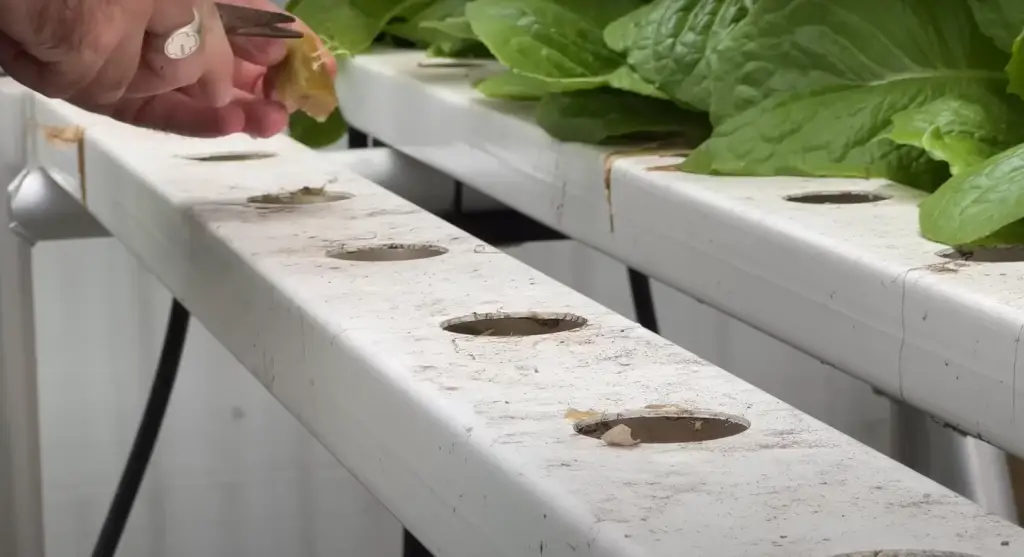
Finally, the low water retention capacity of rockwool means that seedlings need to be watered more frequently than those grown in other types of media such as soil or coco coir. If not done properly this could lead to root rot or other diseases, greatly reducing the success rate of germination. In conclusion, although rockwool provides many benefits, its potential downside should be taken into consideration before using this medium for germination.
FAQ
Is Rockwool Expensive?
Rockwool is not overly expensive, and the cost can vary depending on the brand and quality. Generally speaking, it is a fairly affordable material that provides excellent insulation properties when compared to other materials such as fiberglass or foam board.
Is It Better to Start Seeds in Rockwool or Soil?
It depends on what type of plant you are trying to grow. Generally speaking, rockwool provides much faster germination when compared to soil and offers better aeration for the roots of young plants. However, it does not provide as many nutrients as soil and can be difficult to manage in terms of proper watering and pH levels. It is best to research your particular needs before deciding which medium will work best for your needs.
Can You Start Seeds in Rockwool Then Plant in Soil?
Yes, it is possible to start seeds in rockwool then transplant them into soil. The process is relatively simple as the rockwool can be carefully cut away from the root structure and transplanted into soil. It is important to make sure there are plenty of nutrients within the new soil and that it has been properly drained before planting. Additionally, care should be taken during the transplantation process to avoid damaging any delicate roots or stems.
Can Rockwool Be Reused?
Yes, rockwool can be reused multiple times if done correctly. After each use, it should be thoroughly rinsed with water and allowed to dry completely before being stored away for future use. It is also important to note that some nutrients may be lost each time the rockwool is reused, so it should be supplemented with additional fertilizers as needed.
Do You Soak Rockwool Before Planting Seeds?
Yes, it is important to soak rockwool for at least 15 minutes before planting seeds in it.
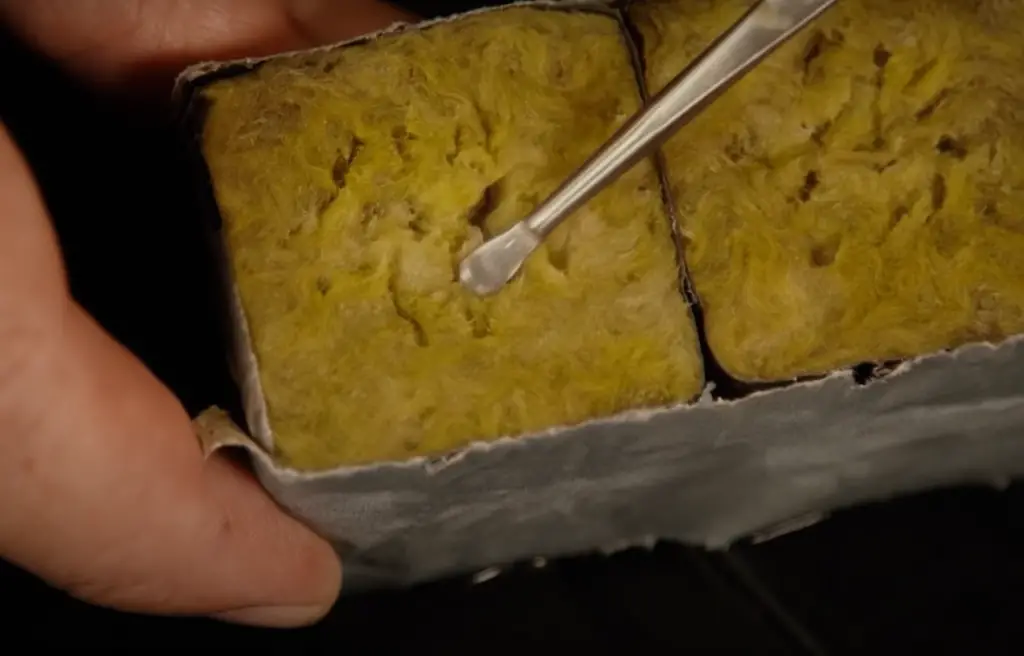
This will help the material absorb moisture more evenly and ensure that seeds are properly germinate when planted. Additionally, soaking the rockwool can also help reduce any potential pH imbalances caused by the material itself.
Does Rockwool Germinate in Light or Dark?
Rockwool can be used for germination in both light and dark conditions. When placed in a dark environment, seeds should still receive some indirect light from nearby sources. However, when placed in direct sunlight, it is important to ensure that the rockwool does not become too hot or dry out quickly as this could damage the seeds and prevent proper germination. Additionally, care should also be taken to make sure that any nutrients added to the rockwool are not washed away by rain or irrigation water.
Does Rockwool Need Air?
Yes, rockwool needs air in order to promote healthy root growth and development. Without adequate aeration, roots will become compacted and unable to access essential oxygen needed for optimal growth. For this reason, it is important to ensure that rockwool is aerated evenly and frequently during its use. This can be done by using a pump or fan to blow air into the medium, or by adding perlite or vermiculite to increase aeration.
Can Seeds Germinate in 3 Days?
It is possible for seeds to germinate in as little as 3 days, however this is not always the case. It will depend on the type of seed and environmental factors such as temperature, humidity, and light exposure. Additionally, it is important to make sure that seeds are planted in a medium with adequate nutrients and aeration to ensure proper germination. With all of these conditions met, some types of seeds can be expected to germinate within just a few days.
Do Seedlings Need Nutrients in Rockwool?
Yes, seedlings need nutrients to ensure proper growth and development. Most nutrient deficiency issues can be avoided by incorporating a good quality fertilizer into the rockwool prior to planting. Additionally, it is important to make sure that the pH level of the rockwool is within an acceptable range as this will affect how well the seedlings are able to absorb nutrients from the medium. Finally, it is also recommended to use supplements such as calcium or magnesium when growing in rockwool for best results.
Can You Overwater Rockwool Cubes?
Yes, it is possible to overwater rockwool cubes. This can lead to root rot or other diseases which can greatly reduce the success rate of germination. To prevent this from happening, it is important to ensure that water is not applied too frequently or in too high of quantities. Additionally, drainage should also be considered when using rockwool as it will help keep excess moisture from accumulating and creating an overly wet environment.
Can You Leave Plants in Rockwool?
Yes, plants can be left in rockwool for their entire lifespan if desired. However, it is important to make sure that they have access to the essential nutrients and aeration needed for optimal growth. Additionally, the pH level of the rockwool should also be monitored regularly as this will affect how well the plants are able to absorb nutrients from the medium. If any of these conditions are not met, it is best to transplant your plants into a more suitable growing environment.
How Often Should I Check My Rockwool’s pH Level?
It is recommended to check the pH level of your rockwool every few weeks or whenever you notice any changes in plant health or growth rate. The ideal range for most plants is between 5.5 and 6.5, although some species may need a slightly higher or lower pH level to thrive. Additionally, it is important to test for other essential nutrients such as nitrogen, phosphorus, and potassium on a regular basis as well in order to ensure that your plants are receiving all the necessary nutrition they need to grow strong and healthy.
Useful Video: Cleaning Burned On Grease From Stainless Steel
Conclusions
Working with Rockwool cubes is a great way to get the growing season off to a positive start. Utilizing this method provides ample room for both beginner and seasoned gardeners alike to cultivate their plants in the best conditions possible. Not only do they offer ideal air and water retention but also make transport easier for those wanting to take all of their hard work with them. We hope that with this blog post, you now have all of the tools necessary to understand how to start your seeds in Rockwool cubes from selecting the right material to getting them ready for transplanting into larger containers. So go ahead and try it yourself – you won’t be disappointed by the results!
References:
- https://www.futuregarden.co.uk/expert-advice/six-top-tip-for-growing-plants-in-rockwool/#:~:text=Rockwool%20is%20a%20lightweight%20hydroponic,moisture%2Dretention%20and%20aeration%20properties.
- https://fifthseasongardening.com/intro-to-hydroponics-cloning#:~:text=The%20Rockwool%20cube%20has%20a,roots%20forming%20in%20the%20cube.
- https://passel-old.unl.edu/communities/index.php?idinformationmodule=1130447033&topicorder=3&maxto=12&minto=1&idcollectionmodule=1130274135
- https://whyfarmit.com/rockwool-cubes/
- https://www.happyhydro.com/blogs/growing-cannabis/how-to-clone-plants-using-rockwool#:~:text=Next%2C%20it’s%20time%20to%20prepare,your%20propagator%20or%20growing%20tray.
- https://www.maximumyield.com/stonewool-dos-and-donts/2/1333





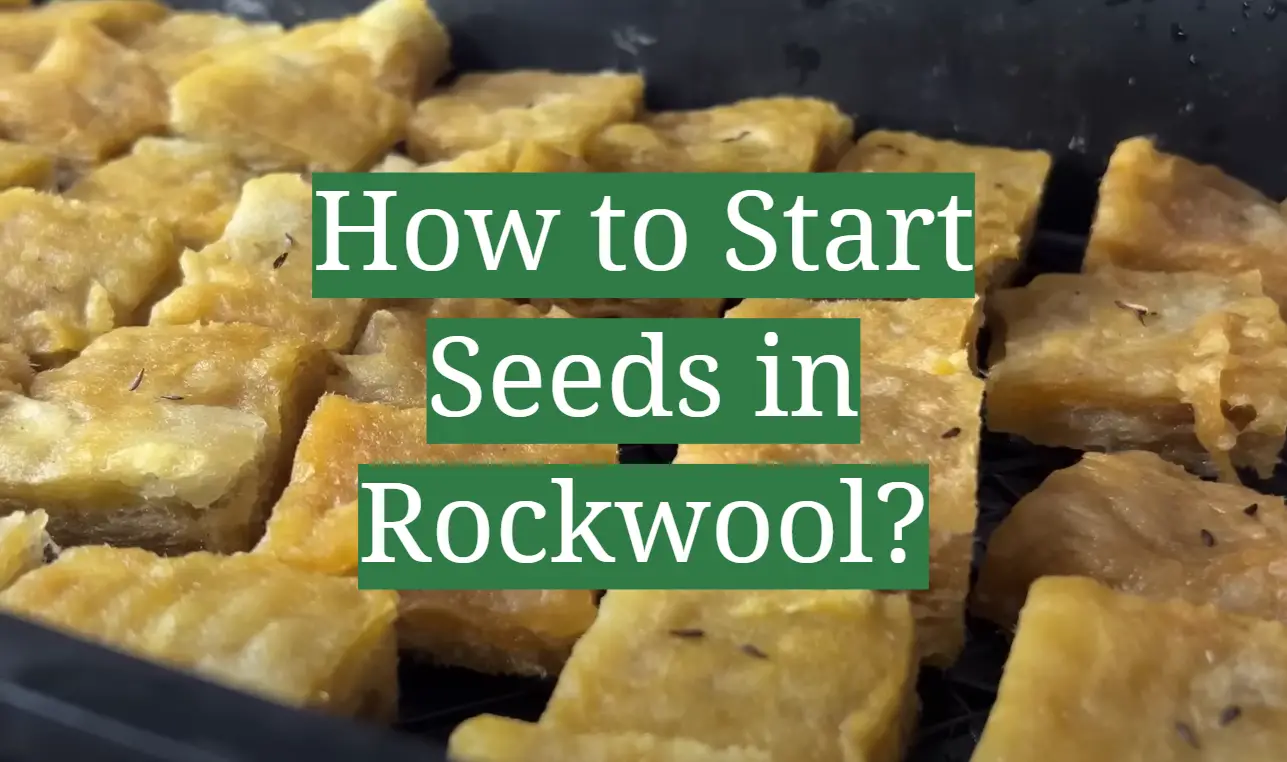




Leave a Reply
View Comments